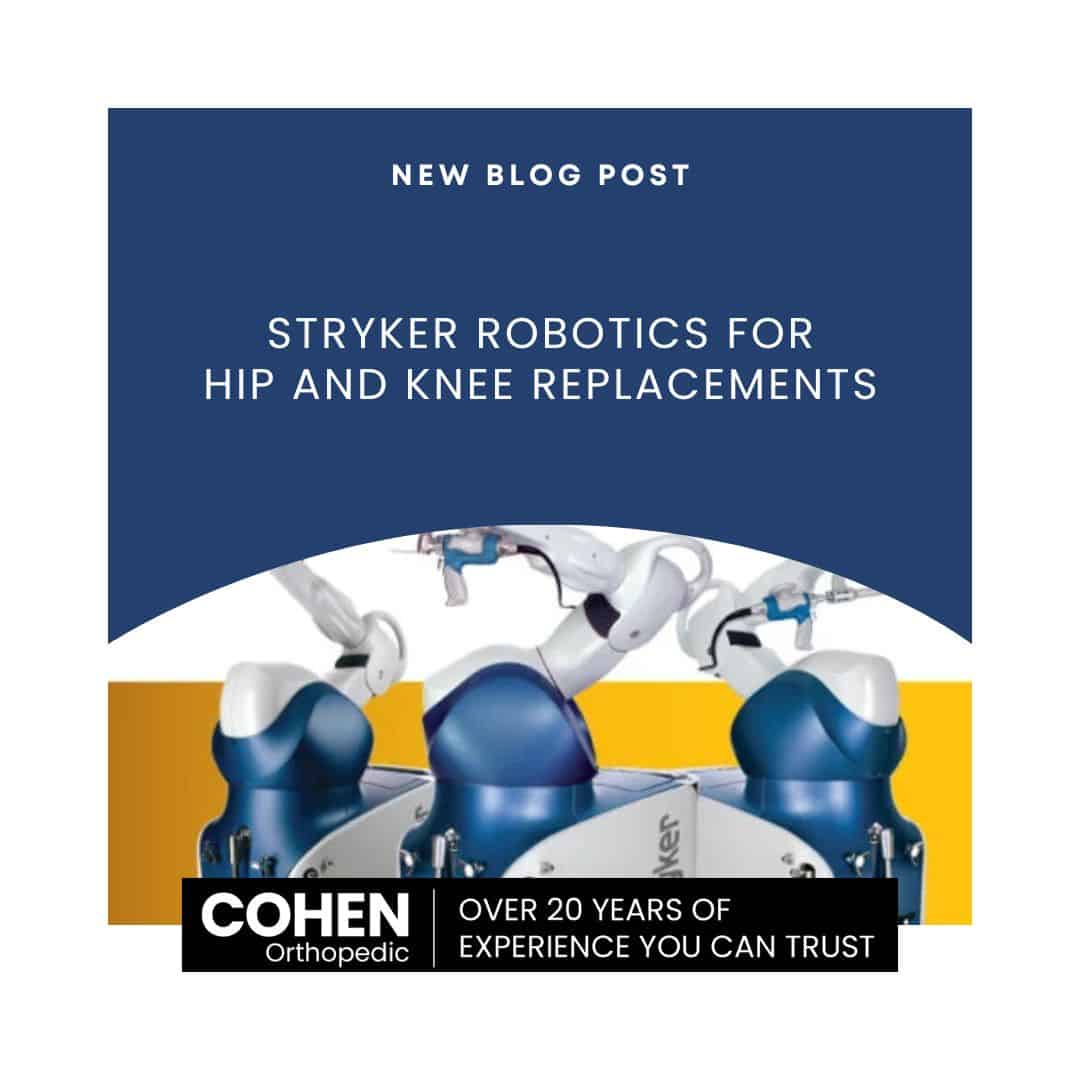Stryker Robotics for Hip and Knee Replacements

How Stryker Robotics Enhances Hip and Knee Surgeries
1. Enhanced Precision and Personalization
One of the primary advantages of robotic surgery is its ability to offer more precision compared to traditional manual techniques. Stryker’s MAKO system uses advanced imaging and 3D modeling to create a personalized surgical plan for each patient. Before the surgery, the system takes a CT scan of the joint area, which is then used to generate a detailed 3D model of the patient’s anatomy. This allows surgeons to plan the surgery with a high degree of accuracy, considering the exact shape and alignment of the joint. For hip replacement surgeries, the MAKO system can guide the surgeon to place the implant in the optimal position with minimal disruption to surrounding tissue. In knee surgeries, it can help with precise placement of implants and restoration of the natural anatomy, ensuring a more natural range of motion post-surgery.
2. Minimally Invasive Approach
Robotic surgery allows for minimally invasive procedures, which means smaller incisions, less muscle and tissue damage, and a faster recovery time. The smaller incisions used in robotic hip and knee surgeries result in less scarring, less pain, and a reduced risk of infection. Patients often experience less blood loss, leading to a quicker recovery and less time spent in the hospital.
In the case of hip replacements, robotic systems help to preserve the surrounding soft tissues and muscles, which can lead to a smoother post-operative recovery and a quicker return to everyday activities. The same principles apply to knee surgeries, where precision in implant placement results in better outcomes with less trauma to the surrounding structures.
3. Greater Accuracy in Implant Positioning
One of the key challenges in hip and knee replacement surgeries is ensuring that the implant is positioned correctly. Incorrect positioning can lead to complications such as joint dislocation, abnormal wear of the implant, or even the need for revision surgery. Stryker’s robotic systems guide the surgeon in placing the implant in the ideal position, using real-time data and feedback during the procedure. This minimizes human error and ensures that the implant is aligned with the patient’s unique anatomy. Whether it’s a total hip replacement or a knee replacement, the precision offered by robotic surgery enhances the long-term success of the surgery and the patient’s overall satisfaction.
4. Faster Recovery Times and Reduced Pain
The minimally invasive nature of robotic-assisted surgeries leads to less trauma to the body, which in turn results in faster recovery times. Patients undergoing hip or knee replacement surgeries with the MAKO robotic system often experience less post-operative pain, shorter hospital stays, and quicker returns to normal activities.
For example, studies have shown that patients who undergo robotic hip replacements tend to have reduced postoperative pain and can resume physical therapy sooner. With knee surgeries, patients typically benefit from more stable joint function and a reduced likelihood of complications, leading to better overall outcomes.
5. Real-Time Feedback and Enhanced Visualization
One of the features that sets Stryker’s robotic systems apart is the real-time feedback provided during the procedure. Surgeons can see detailed visualizations of the joint area through 3D imaging, allowing them to make more informed decisions as they work. The system provides continuous updates on the position and alignment of the implants, so if any adjustments need to be made, they can be done immediately.
This level of feedback gives surgeons the confidence to perform each procedure with the utmost accuracy, resulting in improved outcomes for patients.
Benefits of Stryker Robotics for Patients
While robotic surgery is still a relatively new concept for many patients, the benefits of Stryker’s robotic-assisted hip and knee surgeries are clear:
- Minimized Trauma: Smaller incisions and reduced soft tissue damage mean less pain and faster recovery times.
- Precision Placement: Advanced imaging and real-time data ensure that implants are placed correctly, reducing the risk of complications.
- Personalized Approach: The robotic systems create a surgical plan tailored to the patient’s unique anatomy, enhancing the chance of a successful outcome.
- Lower Risk of Complications: More accurate placement and minimal tissue disruption result in a lower risk of infection, joint instability, or implant wear.
Conclusion: The Future of Orthopedic Surgery
Stryker Robotics is at the forefront of transforming orthopedic surgery, particularly in the areas of hip and knee replacement. Their robotic systems are bringing a new level of precision, personalization, and minimally invasive techniques to patients around the world. As the technology continues to advance, it’s likely that robotic surgery will become the standard of care in many orthopedic procedures, offering even better outcomes and recovery experiences for patients.
If you are considering hip or knee surgery, it’s worth discussing with your surgeon whether robotic-assisted surgery with Stryker’s MAKO system could be the right option for you. With its ability to improve accuracy, reduce recovery times, and enhance long-term outcomes, robotic surgery is setting the stage for a new era in joint replacement and repair.
Disclaimer: Always consult with a healthcare professional to determine the best treatment options for your specific condition.










